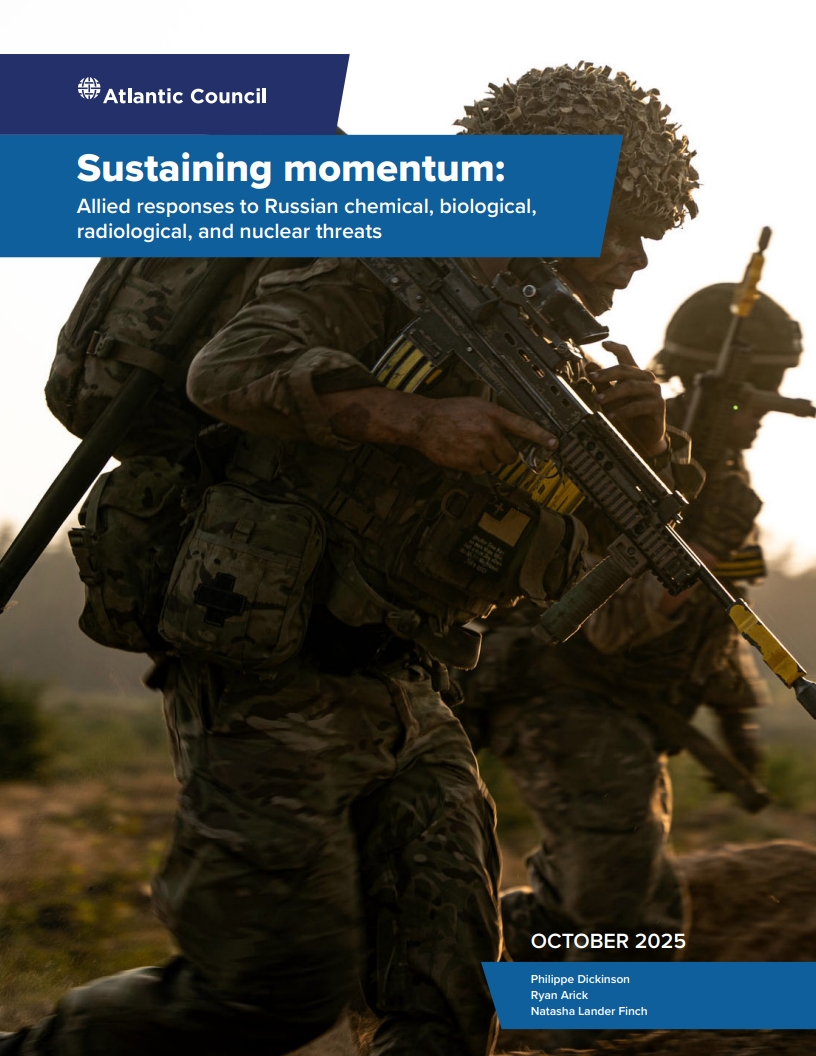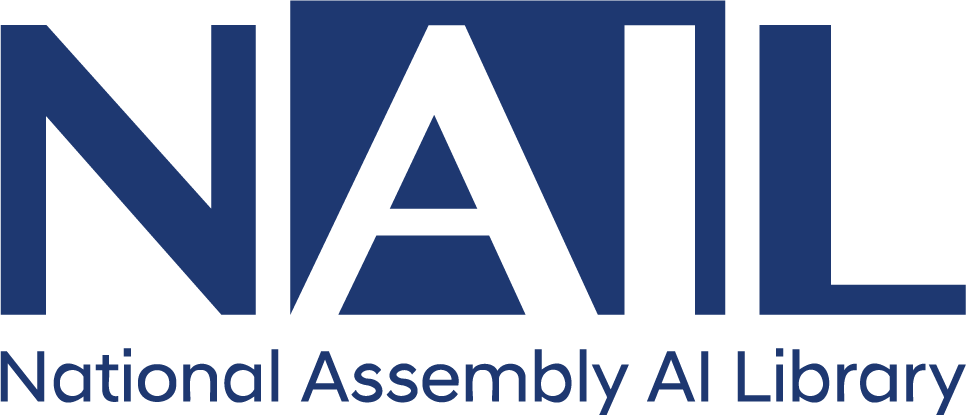
목차
Introduction 2
Background 2
Research question 2
Key findings summary 3
Methodology 4
Scenario-based workshops 4
Interviews with officials and experts 4
Part I: Russian intent 5
Russia’s hybrid campaign of aggression 5
The psychological value of chemical and biological weapons 5
Challenging norms—and NATO 6
The escalatory dilemma 7
Part II: Deterrence 9
Deterrence can yield powerful results 9
The role of attribution in deterring CBRN use 9
Capability development and deployment 10
Exercises and training 10
Whole-of-society resilience 10
Wielding the information space 10
Be cautious of setting red lines 11
Diplomacy as a deterrent 11
Part III: Response 13
Ensure broad awareness of CBRN threats 13
Expand CBRN training to the total force 13
Better integrate military and civilian components 13
Leverage NATO for coordination and capabilities 13
Consider the information domain 15
Integrating deterrence and response 15
Key findings and recommendations 15
Conclusion 18
Appendix A. Acronym list 19
Appendix B. Workshop participants 19
Appendix C. Exercise methodology 20
Scenario-based workshop: Background story 20
Team A: chemical attack in 2030 20
Team B: biological attack in 2030 21
Appendix D . Interview participants 22
Appendix E . Biographies and acknowledgments 22
Principal investigator biography 22
Author biographies 23
Acknowledgments 24
해시태그
관련자료
AI 100자 요약·번역서비스
인공지능이 자동으로 요약·번역한 내용입니다.
How the US and Europe can deter and respond to Russia’s chemical, biological, and nuclear threats
(러시아의 화학·생물·핵 위협에 대한 미국과 유럽의 억제 및 대응 전략)



